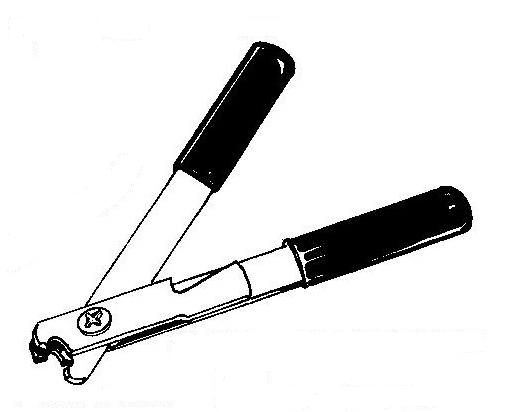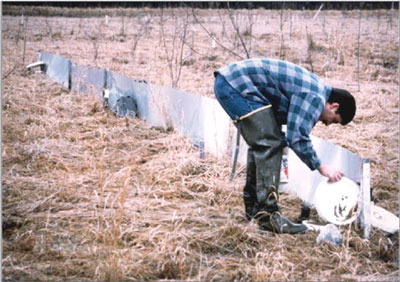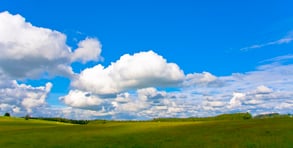That fence, is it really necessary?
"Mending Wall" by Robert Frost
On a spring day, Frost and his neighbor are walking along and repairing the stone wall that marked the boundary between their properties. Freezing and thawing of the ground during winter months dislodge stones from walls. Repair and replacement are a spring ritual. Here the poem is excerpted--Frost is wondering if a fence is really necessary:
There where it is we do not need the wall:
He is all pine and I am apple orchard.
My apple trees will never get across
And eat the cones under his pines, I tell him.
He only says, 'Good fences make good neighbors'.
Frost asks: 'Why do they make good neighbors? Isn't it
Where there are cows?
But here there are no cows.
Before I built a wall I'd ask to know
What I was walling in or walling out,
And to whom I was like to give offense.
Something there is that doesn't love a wall,
That wants it down.'
Despite the sentiment of this familiar quotation, there is no guarantee that good fences make good neighbors. In Melbourne Australia, the leading cause of disputes between neighbors is caused by fences. Disputes can get out of hand and escalate into a grudge match. When a state or local government erects a fence, abutters and neighbors often take offense. Sometimes, as an act of protest or to prove a point, a property owner will put up a fence that aggravates and upsets people.
Things to think about when you are considering a fence:
- Is a fence really necessary?
- What should the fence look like?
- Is it needed to fence something in?
- What impact will it have on abutters?
- Is it necessary to keep something out?
- What are the zoning or code requirements or limitations?
- Are there any identifiable issues that may cause problems in the future?
Have you ever experienced negative reactions to fencing you may have installed? How did you resolve them?
Is there something "that doesn't love a wall, that wants it down"?
Do you think good fences make good neighbors?


.jpg?width=656&name=agriculture-barn-clouds-1671846%20(1).jpg)





-resized-600.jpg?width=71&height=58&name=j_clip_plier_(2)-resized-600.jpg)












